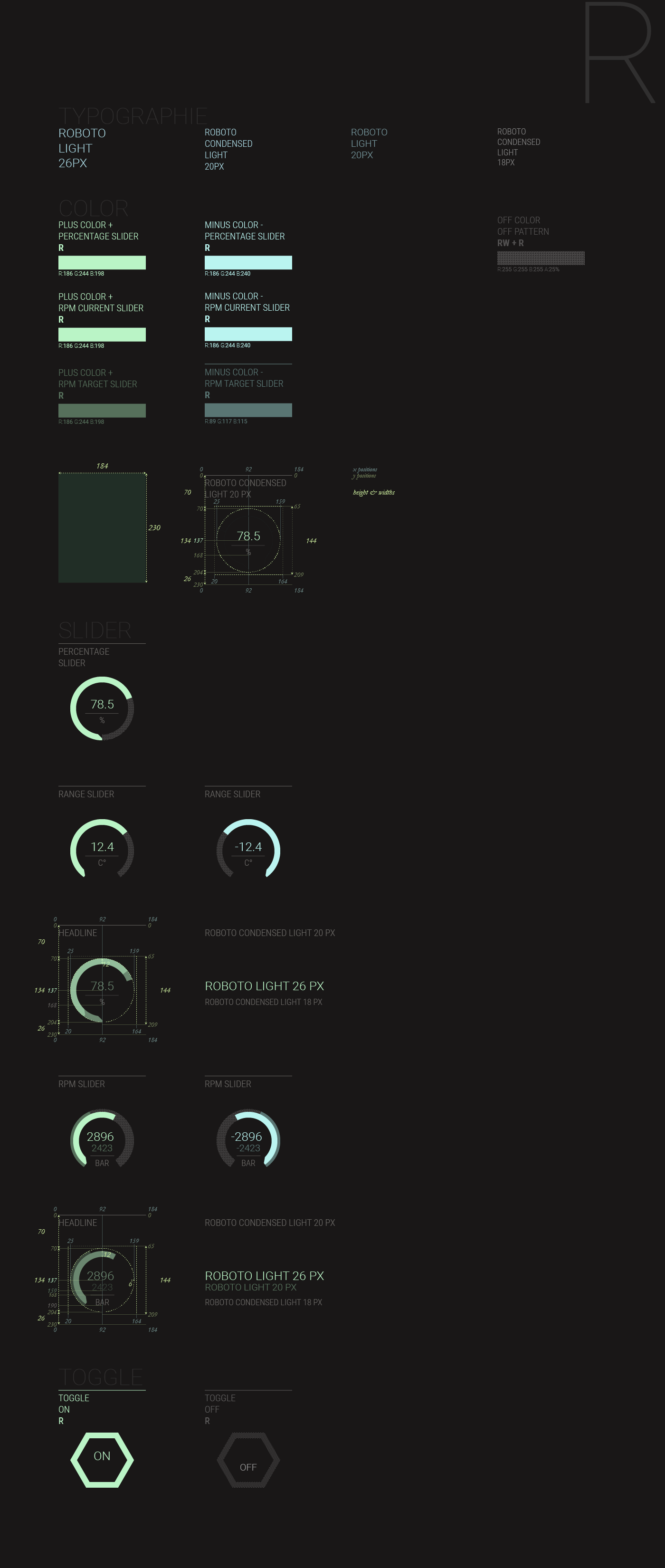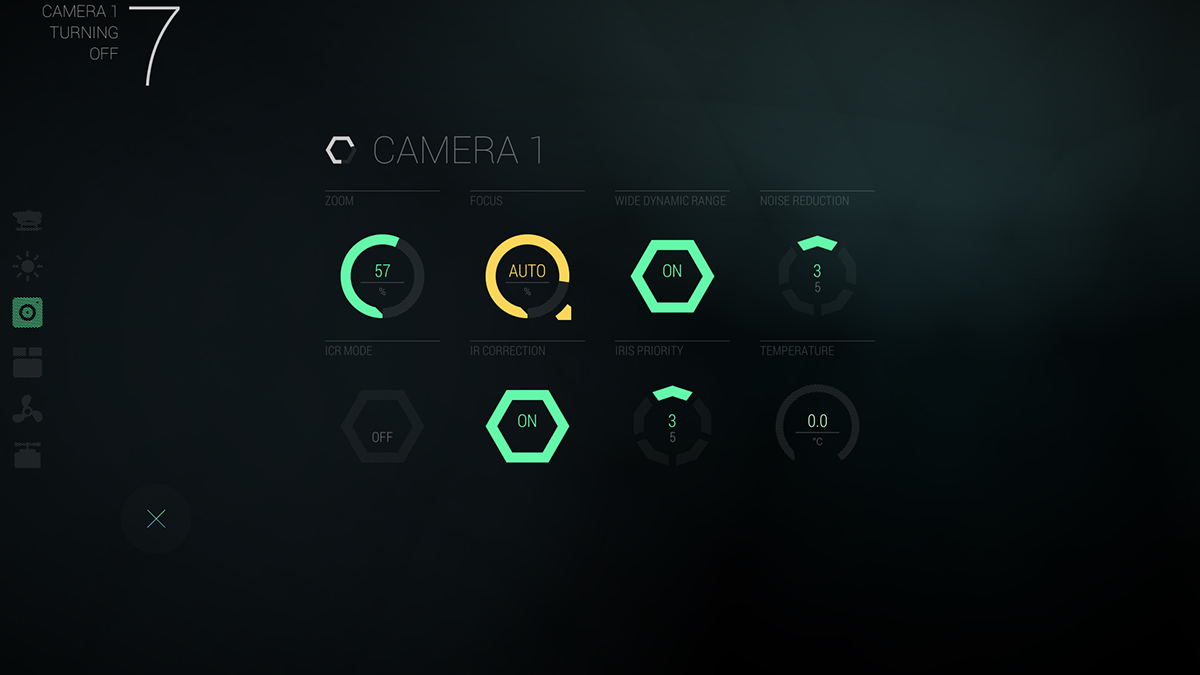Overview
Originally conceived as a modest UI design initiative, the OctoSpan project evolved over four years into a comprehensive UX endeavor that incorporated cutting-edge hardware and rigorous user testing. We began by investing in and testing a variety of high-end cameras, capture cards, server systems, and joysticks. Our team conducted hundreds of experiments, including latency testing over a 2km fiber optic cable, to ensure optimal performance.
User testing played a critical role in refining the interface. Through multiple iterations and continuous feedback from users, we polished the UI to meet the high standards of the offshore industry. Our commitment to addressing every question and concern led us to groundbreaking innovations. The result was the development of the offshore industry’s first fully digital recording device, the OctoSpan. This achievement was made possible by our relentless focus on user experience and technical excellence.
The UI and the ROV (Remotely Operated Vehicle) were showcased at the prestigious Oceanology International fair in London, 2016, where they received significant attention from industry experts.
Role
UX / UI designer
facilitating workshops, user studies and personas, user testing, ui design, journey mapping, rapid prototyping
Project Overview: Originally conceived as a modest UI design initiative, the OctoSpan project evolved over four years into a comprehensive UX endeavor that incorporated cutting-edge hardware and rigorous user testing.
Process and Development: We began by investing in and testing a variety of high-end cameras, capture cards, server systems, and joysticks. Our team conducted hundreds of experiments, including latency testing over a 2km fiber optic cable, to ensure optimal performance.
User-Centered Design: User testing played a critical role in refining the interface. Through multiple iterations and continuous feedback from users, we polished the UI to meet the high standards of the offshore industry. Our commitment to addressing every question and concern led us to groundbreaking innovations.
Outcome: The result was the development of the offshore industry’s first fully digital recording device, the OctoSpan. This achievement was made possible by our relentless focus on user experience and technical excellence.
Presentation: The UI and the ROV (Remotely Operated Vehicle) were showcased at the prestigious Oceanology International fair in London, 2016, where they received significant attention from industry experts.

UI color and sliders overview




The UI was presented at the Oceanology International 2016. Below a few screens from that presentation







A small selection of UI sketches









The (we need to use the 3d rov model some more) version
I really loved some of the visuals and experiments we did in this version, but in the end there was just too much going on




